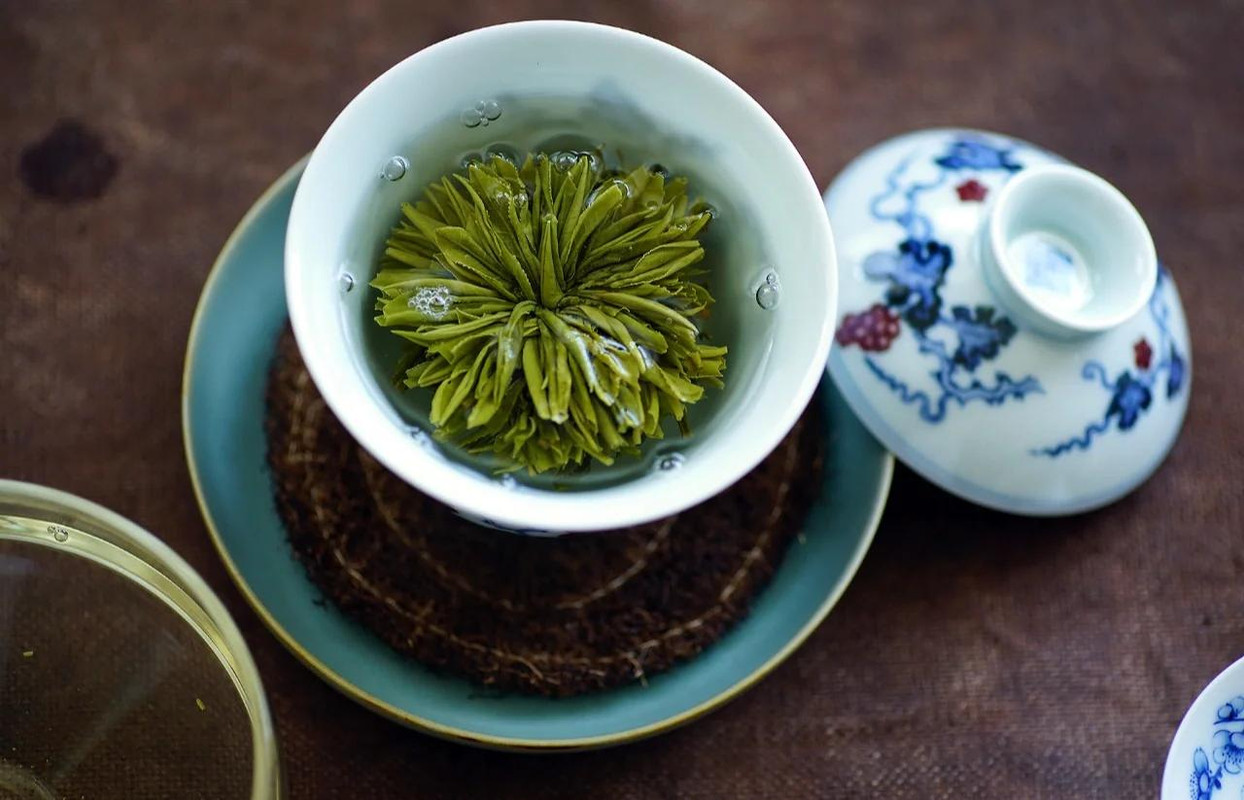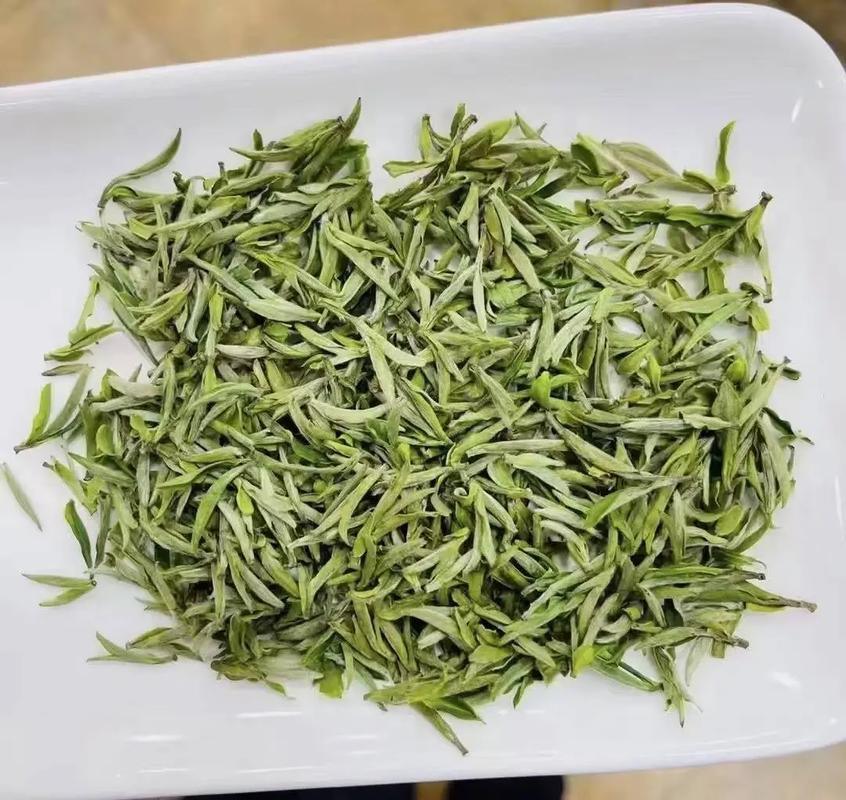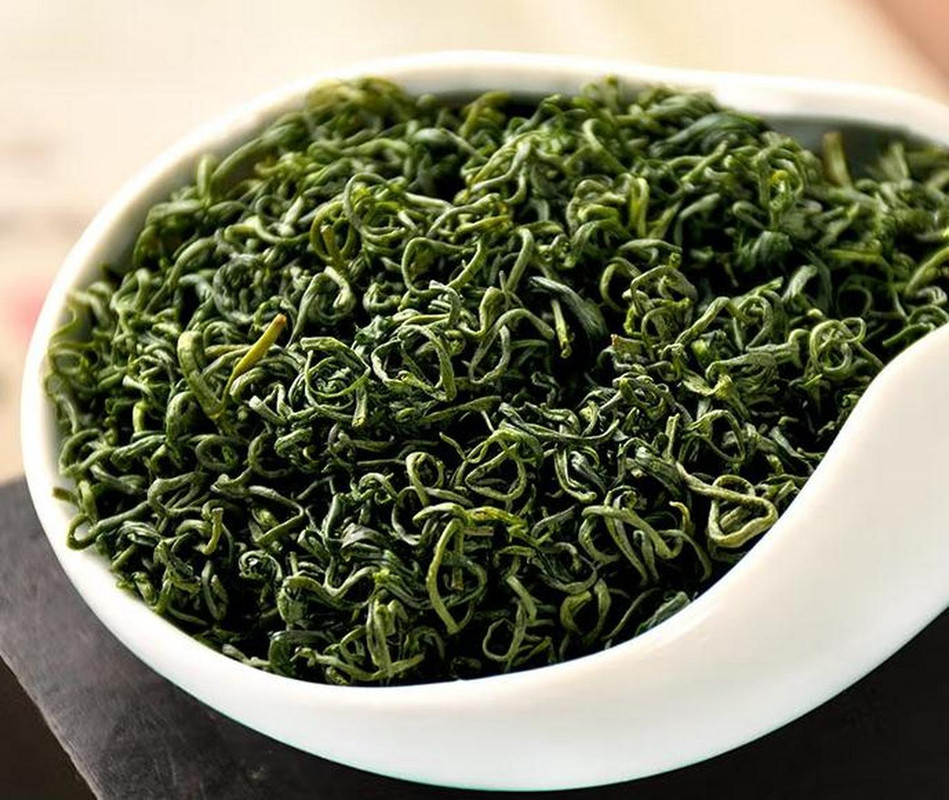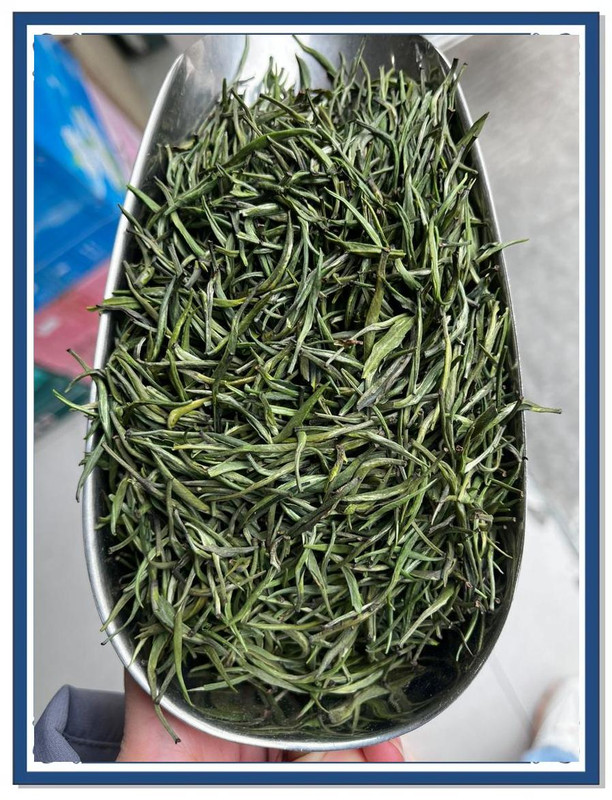Nestled in the mist-clad mountains of Anhui Province, Wuliqing (雾里青) emerges as a green tea shrouded in legend and revered for its ethereal beauty. Known as “the emerald hidden in fog,” this tea has traversed centuries, continents, and even oceans, leaving an indelible mark on both palates and history.
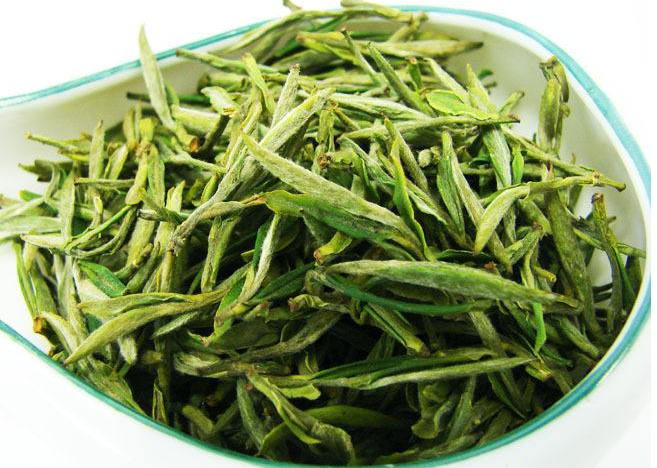
Historical Tapestry: From Imperial Courts to European Salons
Wuliqing’s story begins in the Song Dynasty, when it was prized as Nenrui (“tender bud”), a steamed green tea celebrated in Lu Yu’s The Classic of Tea. Renamed Wuliqing during the Qing Dynasty, it gained fame as a tribute tea, with records showing it graced the Forbidden City’s tables by 1708. Its European journey started in the 18th century, when Dutch traders carried it aboard the Götheborg, a Swedish merchant ship. In a remarkable twist, divers recovered intact Wuliqing canisters from the shipwreck’s depths two centuries later—proof of its enduring quality and the maritime Silk Road’s legacy.
Terroir: Where Clouds Embrace Ancient Peaks
Grown exclusively in the UNESCO-listed Jiuhua Mountain and Guniujiang Nature Reserve, Wuliqing thrives at 800–1,200 meters above sea level. The tea gardens, cloaked in daily mist, benefit from:
- Soil: Volcanic red clay rich in minerals, filtered by centuries of fallen leaves.
- Climate: Cool, humid air with 200+ days of fog annually, slowing bud growth and concentrating flavors.
This environment nurtures buds so tender they were historically reserved for emperors and diplomats.
Craftsmanship: The Art of Preserving Ephemerality
Harvested in early spring, Wuliqing undergoes a 37-step process, including:
- Plucking: Only unopened buds, 15–20mm long, are handpicked before sunrise.
- Withering: Leaves are spread on bamboo trays under pinewood fires to reduce moisture.
- Fixation: Pan-frying at 280°C halts oxidation, locking in grassy-floral aromas.
- Rolling: Gentle shaping by hand preserves the bud’s silvery fuzz.
- Drying: Charcoal-fired ovens impart a smoky undertone.
The final step—hand-sorting—ensures each tin contains 20,000–25,000 uniform buds, a testament to labor intensity.
Brewing Ritual: A Dance of Mist and Buds
To honor Wuliqing’s complexity:
- Teaware: Use a tall glass cup to observe the “dancing buds” ritual.
- Water: 80–85°C spring water (avoid boiling to prevent bitterness).
- Ratio: 3g tea to 150ml water (1:50).
- Steps:
- Warm the Cup: Rinse with hot water to stabilize temperature.
- Infuse: Pour water gently; buds will sink then rise vertically.
- Observe: A white “mist” rises as buds unfurl, resembling swans in flight.
- Savor: The liquor offers chestnut sweetness, orchid fragrance, and a lingering cool aftertaste.
A single serving yields 4–5 infusions, with flavors evolving from vegetal freshness to honeyed depths.
Quality Assessment: The Connoisseur’s Eye
- Visual: Buds should resemble pine needles, silver-tipped and intact.
- Aroma: Fresh orchid and chestnut notes, free of grassy or musty odors.
- Taste: Balanced astringency and sweetness, with a clean, persistent finish.
- Infused Leaves: Unfurl to reveal whole buds with downy coats—a mark of authenticity.
Counterfeit Alert: Genuine Wuliqing comes in branded tins with lot numbers; loose-leaf versions are likely fakes.
Grading and Pricing: From Peasant’s Cup to Emperor’s Gift
- Supreme Grade: Entirely silver-tipped buds, packaged in ceramic jars.
- Special Grade: Buds with slight green hues, sold in lacquered boxes.
- Premium Grade: Mix of buds and young leaves, common in tea shops.
Prices range from ¥800–¥3,000 per 500g, reflecting seasonal rarity and craftsmanship. The 2025 harvest commands a premium due to late spring rains enhancing flavor.
Wellness Benefits: Nature’s Elixir from the Mist
Rich in EGCG and L-theanine, Wuliqing offers:
- Antioxidant Power: 18x stronger than vitamin E in combating free radicals.
- Metabolic Boost: Accelerates fat oxidation by 17% in clinical trials.
- Cognitive Clarity: Enhances focus without jitters, thanks to balanced caffeine.
Traditional healers also prescribe it for radiation recovery and digestive health.
Cultural Resonance: Tea as Living Heritage
Wuliqing’s revival in the 1990s, led by the Tianfang Tea Group, merged tradition with philanthropy. Proceeds from limited-edition batches, like the 2008 Beijing Olympics commemorative tins, funded schools in tea-growing regions. Today, it symbolizes China’s agricultural diplomacy—a gift exchanged between presidents and a centerpiece at UNESCO heritage conferences.
Conclusion
Wuliqing is more than a tea; it’s a chronicle of China’s cultural resilience. From Buddhist monasteries to European drawing rooms, its journey mirrors the interconnectedness of civilizations. To sip Wuliqing is to taste history—and the promise of spring, captured in a single bud.
